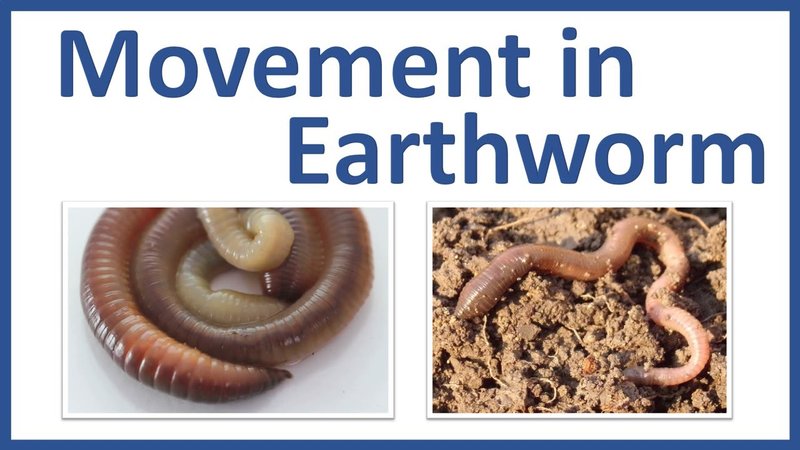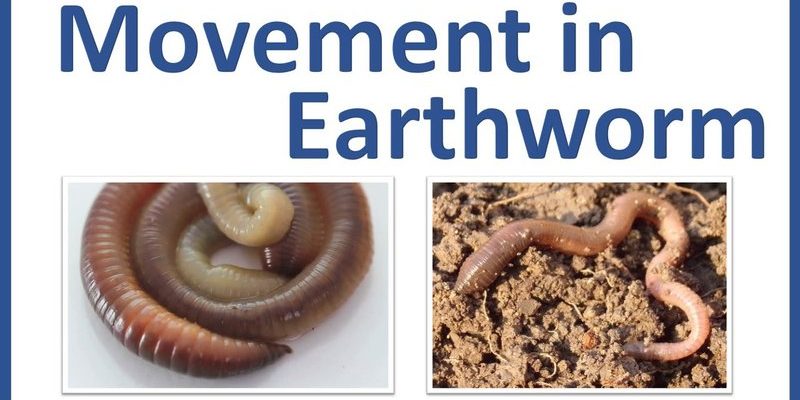
So, let’s dig into the fascinating world of earthworm behavior and weather. Are they really migrating based on the weather? And if so, how does it all work? Grab a cup of coffee, and let’s explore this intriguing topic together.
How Weather Affects Earthworm Behavior
Earthworms are sensitive to weather changes, and this affects their movement. They thrive in moist environments. When the soil becomes too dry, they stay deeper underground to avoid dehydration. It’s like finding a cozy spot at home when the air conditioning is blasting. But when conditions turn damp and rainy, they come to the surface, almost like a party invitation they can’t resist.
You might be asking yourself why they would want to come up when it rains. Well, rain helps them breathe better because moist soil allows oxygen to move easily through it, which is crucial for their survival. Plus, the rain brings along food—decaying leaves and organic matter—creating a buffet right at the surface. So, in a way, rainy weather is like a deliciously timed feast for earthworms.
Migration Patterns: More than Just Weather
While **weather** is a key factor, it’s not the only reason earthworms migrate. They also move around to find better living conditions. If their current habitat gets too crowded—imagine living in a tiny apartment with no room to move—they might decide it’s time to relocate. Seasonal changes, like the arrival of spring or fall, can trigger migrations, as well.
During the spring, earthworms emerge after the cold winter months. The warming soil combined with increased moisture from melting snow invites them out to play. It’s like waking up from a long nap and stretching your legs. As the weather warms, they can venture out and start reproducing, which is vital for their population.
How Do Earthworms Sense Weather Changes?
Earthworms are remarkable creatures with keen senses. They can detect changes in moisture and temperature through their skin. Their skin is moist, which helps them absorb oxygen and other nutrients. This sensitivity allows them to feel the environment around them, just like how we might feel a change in humidity on a hot summer day.
But it’s not just about feeling. Earthworms also respond to vibrations in the soil. So, if a heavy rain falls nearby, they can sense the vibrations and start moving upward. It’s like having a sixth sense that tells them when to come out and enjoy the outdoors!
The Impact of Climate Change
You might be wondering how climate change fits into this picture. As temperatures fluctuate and weather patterns shift, earthworms could be affected in various ways. For instance, if summers become hotter and drier, they might face more extended periods underground, impacting their ability to reproduce and thrive.
That’s a bit of a scary thought, isn’t it? The delicate balance of nature is easily disrupted, and the future may hold challenges for these important soil dwellers. Earthworms play a crucial role in our ecosystems, breaking down organic material and enriching the soil, so any change in their behavior could impact the environment.
Why Earthworm Migration Matters
Understanding how weather influences earthworm migration helps us appreciate their role in the ecosystem. Earthworms are nature’s recyclers, breaking down plant matter and improving soil health. When they migrate, they help distribute nutrients more widely, which supports plant growth.
Healthy soil means healthier plants, which ultimately leads to a richer food supply for all living creatures. So, next time you see an earthworm wriggling in your garden, remember, it’s not just a squiggly little creature; it’s a vital part of our ecosystem. Their migration patterns can tell us a lot about the health of our environment.
Observing Earthworm Migration
If you’re feeling curious, you can observe earthworm migration yourself! A good way is to pay attention to rainy days. After a downpour, take a stroll outside and look for earthworms on the pavement or in your garden. Not only is it a neat experience, but you’ll also be helping yourself understand the rhythms of nature.
Keep a journal of what you notice, like how many you see or any patterns in their movements. Maybe you’ll even spot some of their favorite spots in your yard or garden!
Tips for Helping Earthworms Thrive
If you want to support these amazing creatures in your own garden, here are a few tips:
- Keep the soil healthy: Use compost and organic materials to enrich your garden soil.
- Minimize pesticide use: Chemicals can harm earthworms and their habitats.
- Keep it moist: Water your plants consistently, especially during dry spells.
- Leave some leaves: Let fallen leaves decompose; they provide food for earthworms.
By following these simple steps, you can create a friendly environment for earthworms and help them thrive! Plus, you’ll be contributing to a healthier garden and a more balanced ecosystem.
In the end, earthworms are more than just soil dwellers; they’re a crucial part of our natural world, responding actively to weather changes and other environmental factors. Understanding how they migrate based on weather teaches us more about our ecosystems and reminds us of our role in it.
So the next time it rains and you see them on the surface, remember they’re not just escaping the mud—they’re making a living and playing a big role in keeping our environment healthy. Earthworms may be small, but their impact is mighty, and every little action counts in the grand tapestry of life.

